'Conclave': Vatican insider and a Catholic author on Hollywood vs. reality
Published in Entertainment News
The death of Pope Francis on Monday has resurrected interest in the 2024 mystery/thriller “Conclave,” nominated this year for a best picture Oscar.
Based on the 2016 novel of the same name by Robert Harris, the movie focuses on the centuries-old and famously secretive process of selecting a new pope.
Given the renewed interest, we asked two experts on the Roman Catholic church who have seen the movie whether it accurately depicts what will take place in Rome over the coming days.
Their main concern: A conclave is not the backstabbing campaign process the movie portrays.
“Your first question was should you be looking to the movie ‘Conclave’ as a guide to what’s really going to happen when the cardinals meet to elect the pope?” Vatican insider John Allen Jr. told The Kanasas City Star this week.
“Short answer, no. Slightly longer answer, absolutely no. And slightly longer answer than that, for the love of God, no.”
The Kansas native, who has a master’s in religious studies from the University of Kansas, is editor of Crux, an independent online newspaper that covers Catholic Church news and the Vatican.
Allen has covered the Vatican for more than two decades and written 11 books about the Vatican and Catholic church affairs.
He is currently in Rome where cardinals from around the world who will select the new pope have been arriving since Monday.
Last year when the movie debuted, Tom Hoopes, writer in residence and a vice president at Benedictine College in Atchison, compared reality to Hollywood’s version in an article, “Artfully Deceptive: Setting the Record Straight on the Movie Conclave.”
His review has been viewed 80,000 times online and began trending again this week after the pope died. Hoopes is a former editor of the National Catholic Register newspaper and is the author of “What Pope Francis Really Said” that covers the conclave that elected Francis in 2013.
“The movie is based on an ‘airplane novel,’ and that’s always dicey,” Hoopes told The Star via email. “The movie is enjoyable, in an intense way, but it is much more interested in creating drama than it is in accurately portraying what happens at a papal conclave.
“I call it ‘artful’ both because it is beautifully designed and shot, and because it cleverly gets its agenda across.”
The film with its A-list cast — Ralph Fiennes, Stanley Tucci, John Lithgow, Isabella Rossellini — began streaming on Prime Video this week where it rose quickly to the second most popular pick in the United States.
“Conclave” viewership spiked 283% on Monday across all platforms as news of Francis’ death spread, according to Luminate, which tracks viewership of streaming content.
Social media users have been sharing memes and clips from the film since Francis died.
His funeral takes place Saturday in Rome, but no date has been set for the conclave, which “happens 16-21 days after the pope’s death, something like that, so in this case that would be the first full week in May — as early as May 6,” said Hoopes.
Allen covered the conclaves that elected Pope Benedict XVI in 2005 and Pope Francis, chosen after Benedict resigned.
“This will be the third conclave I’ve covered in the course of my career. I can tell you that any overlap between the movie ‘Conclave’ and actual reality is entirely accidental,” Allen said. “’Conclave’ is a piece of fiction, and as such it is entertaining. I find it a pleasant way to spend a couple of hours.”
The pre-conclave meetings
Cardinals began meeting in Rome this week in daily general congregation meetings, Allen said. They set the funeral date and must decide now when to begin the conclave.
“There are a lot of cardinals who live here in Rome. So they started meeting (Monday) morning. And as cardinals from the rest of the world arrive — many of the Europeans got in (Monday) — they started taking part in the meetings.
“So every day there will be more cardinals in those general congregation meetings until finally everyone is there.”
There are 135 cardinals under the age of 80 who are eligible to participate in the conclave, said Allen.
Pope Paul VI, declared a saint in 2018, set that age limit when he reformed conclave rules in the 1970s, said Allen.
“And basically the idea here was new blood,” Allen said. “You want to make sure that you have people, men in this case, taking part in this process who are still in contact with the realities of the world, not as it was 50 years ago but as it is today.”
These meetings also allow cardinals to get to know each other better before they are sequestered.
“Now, in the old days, when the college of cardinals was dominated by Italians who had all gone to seminary with one another ... yes, you could say they all had a pretty good working knowledge of one another,” said Allen. “But those days are long since gone. And especially under Pope Francis who has made such a point of naming cardinals from the peripheries, that is cardinals from places that never had a cardinal before. The Pacific Islands and the Middle East and small nations in the Americas and in Asia.
“And many of these cardinals do not know Rome very well, they don’t know the global church in some cases particularly well, they only know their piece of it. And therefore, many of the other cardinals would be complete strangers to them.
“So these general congregation meetings therefore become critically important because for many of these cardinals it will be their first opportunity to take stock of their fellow cardinals and therefore of potential popes.”
Unlike what happens at the end of the movie, “the idea that a complete unknown would show up that none of the other cardinals ... not only had never met but never even heard of before and two days later they’re electing him pope?” said Allen.
“Again, that is entertaining fiction that makes for a great movie. But as a guide to reality? It’s like using ‘Hitchhiker’s Guide to the Galaxy’ as a manual for space travel.”
No Wi-Fi, no cell phones
As depicted in the movie, “all the ceremonial business of the conclave, the swearing of oaths and the casting of ballots and the counting of ballots, all of that is done in the Sistine Chapel,” said Allen.
The 15th-century chapel in the Vatican Palace is famous for its Renaissance frescoes painted by Michelangelo.
“Now, when they are going to go back to have lunch or have dinner or take their afternoon break, all of that is done in the Casa Santa Marta, which is the residence on Vatican grounds where Pope Francis himself lived and now where the cardinals in the conclave will stay,” said Allen.
“Conclave” was generally correct in how it portrayed the cardinals’ living arrangements during the conclave, Hoopes said.
“The rooms look more like a monastery and less like a hotel in real life. The cardinals are definitely in a dorm,” he said. “It’s the Santa Marta residence on the Vatican grounds. ‘Conclave’ comes from the Latin, con lavis — with a key.
“They were ‘locked away’ back in the day. They are confined to the residence for the duration of the conclave. It helps keep them free of outside influence but also hurries the process along.”
Hoopes described how the residence is swept for electronic bugs, Wi-Fi is shut off and phone calls are electronically blocked. “The cardinals all know that they can’t share the details of the process,” he said.
Voting in front of ‘judging eyes of Jesus’
Before they disappear into the conclave, the cardinals will celebrate Mass in St. Peter’s Square “for the election of the pontiff,” Allen said. “Then they will process into the Sistine Chapel. They will be singing the Litany of the Saints as they do so, and they will all get into their seats in the Sistine Chapel. And all that will be covered on TV.”
Hoopes noted that given the setting, the cardinals will vote “right in front of the judging eyes of Jesus who Michelangelo depicted in a giant fresco. It’s a constant reminder that they aren’t there on their own behalf but on Christ’s behalf.”
Then will come the moment when the papal master of ceremonies proclaims “extra omnes,” which roughly translates to “anyone who doesn’t have business here, get out.”
“And then they begin the ritual business of taking a first round of votes,” said Allen. “And It’s not like in the Kansas legislature where you push a button on your seat and it lights up on a scoreboard and you know immediately how it happened.
“It’s about an hour and a half of process, soup to nuts. Ballots have to be distributed. They are very carefully counted. Cardinals have to write in black ink, in their own hand, on the ballot, the name of the candidate they wish to vote for.
“Then they all have to process up to a silver chalice and they swear an oath in Latin before God that they are casting their vote for the man they believe to be qualified to be the successor of Peter. ... Then they put the ballot into the chalice. And then when all 135 of them are done, then they count them and double-count them.
“It’s a long, tedious process.”
In the Church’s 2,000-plus year history, said Hoopes, “there have been very long conclaves, lasting over a year — but that was about the politics of the time.
“The shortest conclaves are a day long. They average about three days long, but the one that chose Pope Francis was just over one day, and in 2005 Benedict XVI’s was two days long.”
By historical standards, a couple of days is remarkably fast, said Allen.
“Precisely because of what I said about the cardinals this time being somewhat more strangers to one another, it could well be that it’s going to take them a bit longer to reach consensus,” Allen said.
“But they do not want the image to be projected to the world of chaos and crisis and gridlock. So if this went any longer than four, five days at the outside, I would be stunned.”
No backstabbing, no screaming
Allen, who describes himself as “a complete Vatican nerd and insider,” found “a lot of little picky stuff in the movie that most people wouldn’t bother with, but just drives me absolutely batty.”
As an example he pointed out an inaccurate description of the pope as the vicar of Peter instead of vicar of Christ. “OK, now I know this is deep down in the weeds, but it’s just the kind of thing that sets my blood pressure spiking,” he said.
And in one scene cardinals are shown sitting in what appears to be a darkened theater in their residence that Allen knows firsthand does not exist.
And any Catholic who has made a confession to a priest knows that what is said in confession stays in confession, unlike a problematic yet pivotal indiscretion that happens in the movie.
But here is the biggest beef Catholic experts, reportedly cardinals themselves, have with the film.
You would think by watching the movie, Allen said, “that inside the conclave cardinals spend all of their time either in small groups or in large ones screaming at one another in political fights. And that is just complete fiction.
“Now let us not be naive, OK. There are politics to a conclave for sure. This is the world’s oldest democratic exercise and at the end of the day, like in any democracy, the point is to get more votes than the other guy. And there are only so many ways to do that. And one of them is to persuade other people to vote for your preferred candidate.
“So that does go on. But it is far more polite and it is far more indirect and it is far more subtle than this movie would suggest. The movie makes it seem like a papal conclave is the Iowa caucus. And in that way it is just quintessentially American. This is American entertainers imagining what a conclave must feel like on the inside.
“And I’ve got news for you. Not everyone does their politics the way Americans do.”
During a visit to the Kansas City area two years ago, Cardinal Philippe Barbarin, archbishop emeritus of Lyons, France, offered personal insight to the process during a visit to Benedictine.
According to Barbarin, cardinals “can talk about whatever they wish, but no one can campaign in the sense of gathering and counting votes,” said Hoopes.
“Of course, that is practically all they talk about in the movie. In a movie characters have to externalize their thinking, but that’s not real life. Many cardinals complained about the movie for that reason. It just isn’t what happens, and it would be considered a gross violation.”
Forget the movie, Allen said.
“It’s not how it works,” he said. “Again, I am not denying that there is a great deal of politicking and some of it somewhat devious and underhanded that goes on. That is absolutely the case. But it is not these violent, public confrontations that you see in the movie. Again, it’s much more indirect and restrained and subtle than that.”
Allen suggested that followers pay attention to news coverage of the general congregation meetings happening now.
They are not live-streamed. “Never the less, the cardinals are not yet in lockdown during those meetings and so many of them, at least in general terms, will be talking about what happened. And those meetings in many ways are where the sausage gets ground,” Allen said.
“The cardinals give speeches about what they think the issues facing the Church are, the unfinished business they think the next pope needs to pick up and the kind of man that they think the next pope should be. And then those speeches can be very important in terms of shaping what happens once the voting actually begins.
“In 2013, many cardinals said afterwards that they were very impressed with the speech that Cardinal Mario Bergoglio of Argentina gave and it was part of the reason they voted for him, part of the reason he became Pope Francis,” continued Allen.
“So I would say follow the coverage of those general congregation meetings and try to limit your Netflix streaming of ‘Conclave.’”
________
©2025 The Kansas City Star. Visit kansascity.com. Distributed by Tribune Content Agency, LLC.
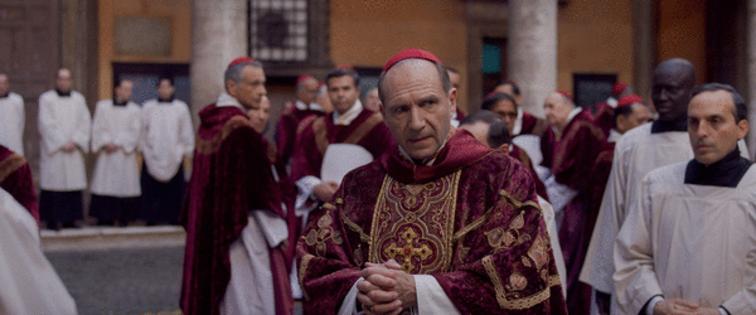
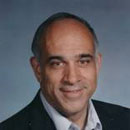
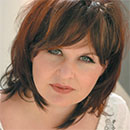
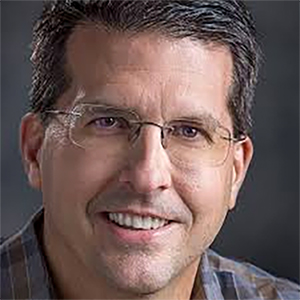
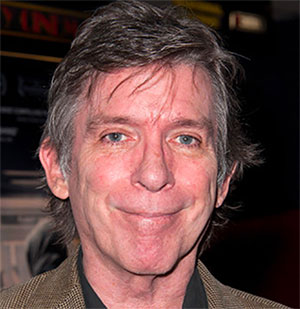
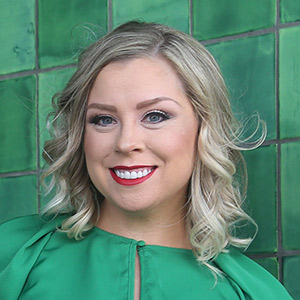
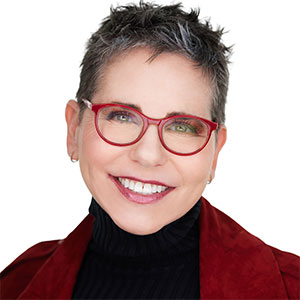
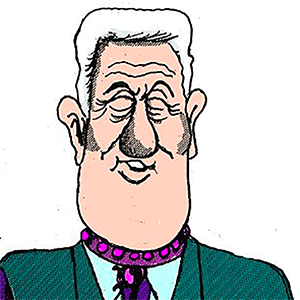




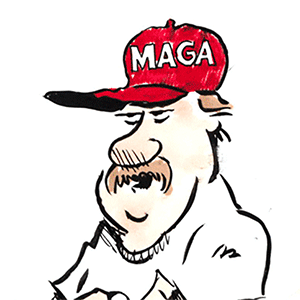
Comments